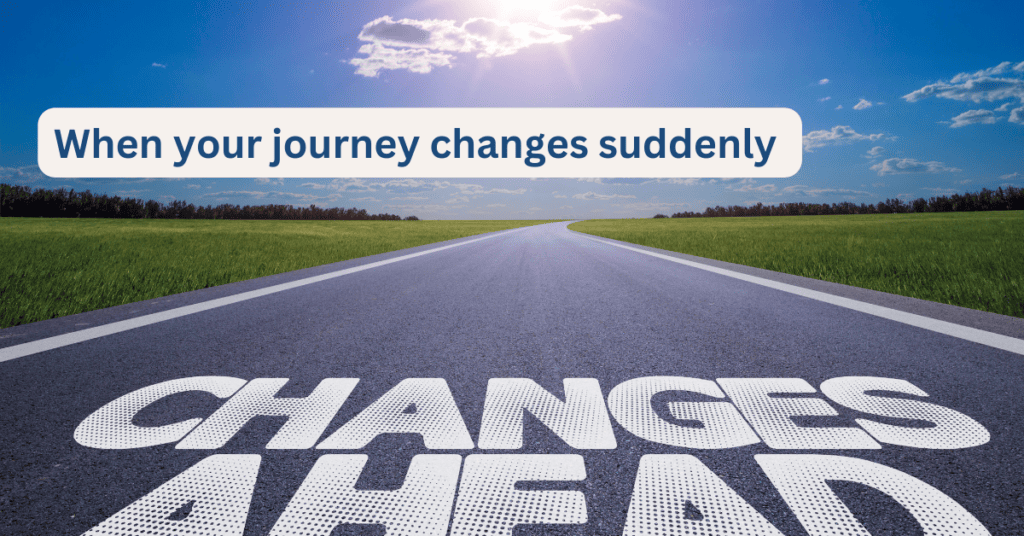What is asynchronous communication and how does it affect you?
Until recently, I never heard of asynchronous communication. However, I might be the only one.
The term has headlined many major publications: Harvard Business Review, Wall Street Journal, and BBC.
What is Asynchronous Communication?
Yesterday, I answered a survey from Todoist. It asked questions about how I work and how I prefer asynchronous communication. I had to Google asynchronous communication.
Today, Todoist’s blog platform had an article called: Meet the New Twist: Work Async, Not ASAP. There was that word again. The subtitle was “For teams burned out by real-time, all-the-time communication and ready for a new way to work together.”
The article went on to say:
Asynchronous means communication doesn’t have to happen in real-time — like meetings and instant messages — but on your own time.
This rang a bell with me.
Why Asynchronous Communication prevents burnout
Long before Covid hit, even before I started working virtually about 12 years ago, I heard clients talk about being “over-meetinged.” In 2002, I worked with a client, a Unit Supervisor in claims processing for a major insurance company. He spoke about having so many meetings during the day that he had to stay late every night to get his work done.
You would think technology would improve this. But modern technology gives employers new ways of filling time with meetings even when people work from home.
If you work in corporate America, you have heard of being “Zoomed out.”
People who have non-stop Zoom meetings all day long. It seems that many company leaders don’t think work can get done unless their teams are talking to each other all day long.
The opposite is true. I work with people from multiple sectors every day: finance, technology, manufacturing, pharmaceuticals, medical, device, healthcare, marketing, and CPG. But everyone tells me the same thing. They are so tired of meetings, most of which are non-productive.
Technology products are redeveloped to transition from synchronous to asynchronous communication. This means you can answer in your own time.
Corporate leaders need to rethink communication. It comes down to a need for control. If you hire people with talent to do the work, you need to free them to do the work.
The Harvard Business Review article makes it clear:
Now that it’s clear where the work is done is not as important as people once thought, the other dimension of flexibility workers crave is the freedom to determine when the work is done.
Giving people the freedom to work their way
One of the conversations I have with my clients is their desire to work in their time. Since I meet with my clients in interactive Zoom meetings, we converse while we are writing. This gives me a better feel for how they work along with better ways to help them reach their goals. It is critical for senior leaders to understand that giving up constant control will benefit the company.
New technology improves the ability to keep teams working using asynchronous communication will help prevent the burnout that continues to plague team members.
I’m not saying you should never meet in real-time with your team. That is critical too. My entire process is built on real-time meetings on Zoom with my clients. However, I limit my meetings to three clients per day and open hours throughout the day and evening as well as Saturday so that there is flexibility for my clients.
Someone asked me on Facebook what I do between meetings. Here is a snapshot of what I do between meetings:
- Research ground-breaking ideas that could impact my business, my clients, or my world.
- Write innovative marketing content – just like this article.
- Complete offline client projects
- Manage my finances and record transactions in QuickBooks and Excel.
- Answer client emails.
- Talk to prospective clients
- Share and interact on social media
- Study new career marketing concepts and styles
But there is much more that fills my day. I started writing this post before 7am because the dogs had already gotten me up. Before 6 am, while I was outside waiting for Buddy (the German Shepherd), I swept pine needles off the deck and raked more pine needles on the lawn. (Oh, and all of this was while in my robe.)
You don’t need a meeting to get work done.
The opposite is true. People often work much better if allowed to work on their own time. I also work in the evening after clients.
I was once criticized by a non-profit member who was overlooking my paper Daytimer at a meeting when I listed “sort the laundry.” She told me, “You shouldn’t put that on your work to-do list. You can’t comingle.” It was then that I realized I needed to move on. I believe you can do non-work things (and put them on the list – electronic or paper) if your work gets done.
Productivity and doing the work you are hired to do are important. But we need to recognize you can get the work done better without constant meetings. Empower your teams and use asynchronous communication to allow them to communicate on their own time.
If you are stuck in a role that doesn’t fit you, learn more about how I can help you market yourself to work productively in work you love.
Design Resumes Free Job Search Tips by email
Tips on LinkedIn, Resumes, and Job Search to help you better navigate your career journey

Resume Design and Job Seeking Tips
Here are Design Resumes' latest articles on job search, resume design, resume writing, and Linkedin optimization articles I've written.
Julie Walraven
Professional Resume Writer
Here are ways I can help you land your dream job.
You may be halfway across the country or the world. When you work with me, we share coffee, laughs, and concerns. This turns the scary job search into creative, consultative writing and learning sessions.




